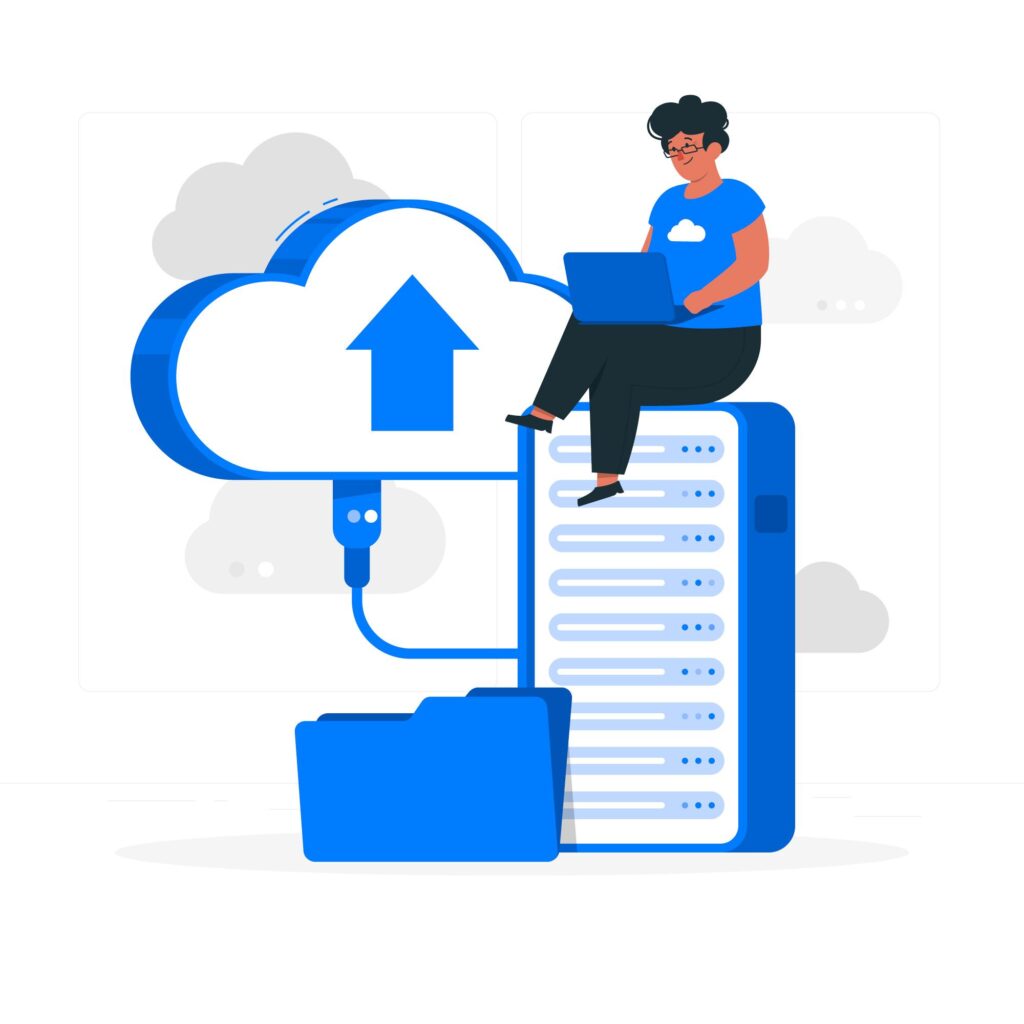![]()
![]()
Recently, a discussion in my professional circle revolved around AI-powered edge computing and its transformative impact on industries worldwide. They encouraged me to explore this topic further and share my insights. Right away, I recognized that AI-powered edge computing enables real-time data processing closer to source, reducing latency, improving efficiency, and enhancing security. This article delves into some key elements that make up AI-powered edge computing, including hardware, software, networking, security, and real-world applications – Here is a synopsis of my research:
AI Models & Software – Software is crucial for enabling AI-powered analytics and decision-making – Essential elements include: 1) AI Frameworks – TensorFlow Lite, ONNX, and OpenVINO, allow efficient AI model execution on edge devices 2) Machine Learning Models – Pre-trained and customized models optimized for edge Enviro, enabling real-time anomaly detection, predictive maintenance, and image recognition 3) Containerization and Orchestration – Technologies such as: Docker and Kubernetes (K3s) help deploy and manage AI applications on edge devices efficiently
Hardware Components – AI-powered edge computing relies on specialized hardware optimized for processing AI workloads efficiently. Key hardware components include: 1) Edge AI Chips – Dedicated AI processors, such as NVIDIA Jetson, Google Edge TPU, and Intel Movidius, designed for low-power, high-performance inference tasks 2) Edge Servers and Gateways – Compact, high-perf computing devices that process data at edge, reducing reliance on cloud-based computation 3) IoT Sensors and Devices – Smart sensors, collect real-time data for AI analysis, enhances automation & decision-making
Security & Privacy – Critical for AI-powered edge computing. Essential security safeguard include: 1) Secure Boot and Trusted Execution – 2) End-to-End Encryption – 3) AI-Based Threat Detection Networking & Connectivity – A reliable & low-latency networking is vital for AI-powered edge computing such as: i) 5G and LPWAN ii) Edge-to-Cloud Integration – iii) Data Synchronization and Streaming – Protocols such as: MQTT, OPC UA, & gRPC
A Quick Wrap Up – AI-powered edge computing combines advanced hardware, AI models, robust networking, & stringent security to enable intelligent real-time decision-making across diverse applications – Here are some Real-World Apps using AI-powered edge computing: 1) Healthcare- AI-driven diagnostics etc. 2) Manufacturing – Predictive maintenance & quality control 3) Autonomous Vehicles 4) Smart Cities – Traffic management, surveillance 5) Retail – AI-powered analytics for customer behavior analysis etc.

